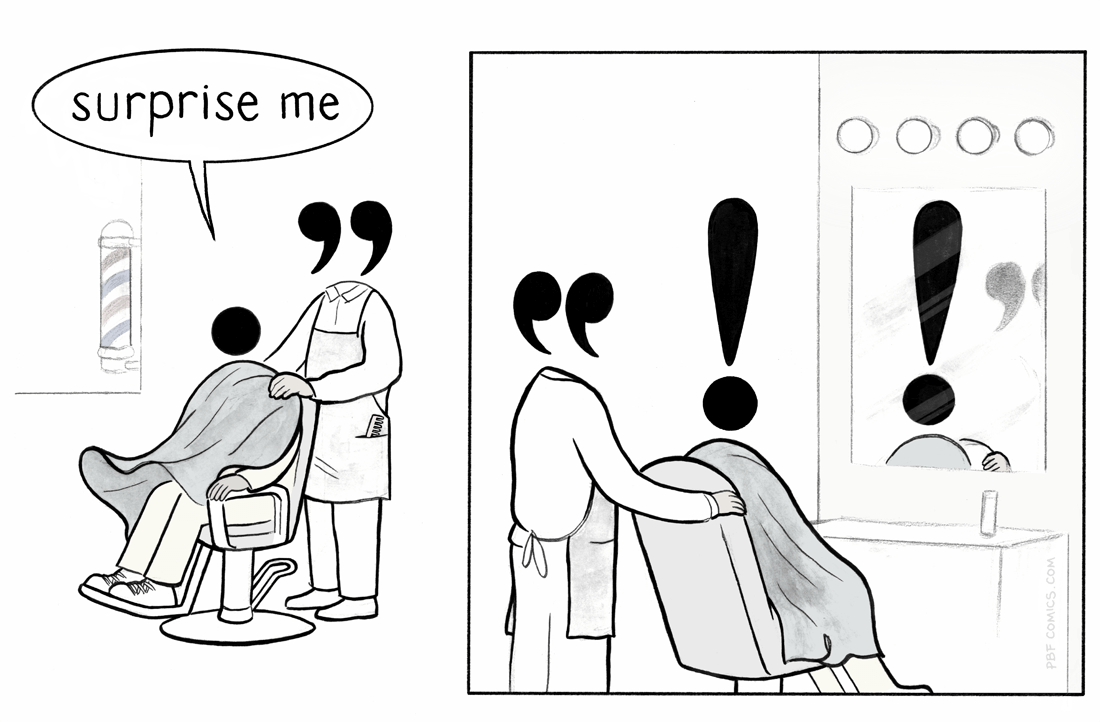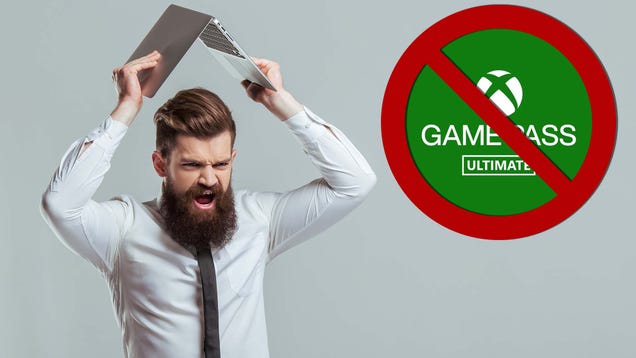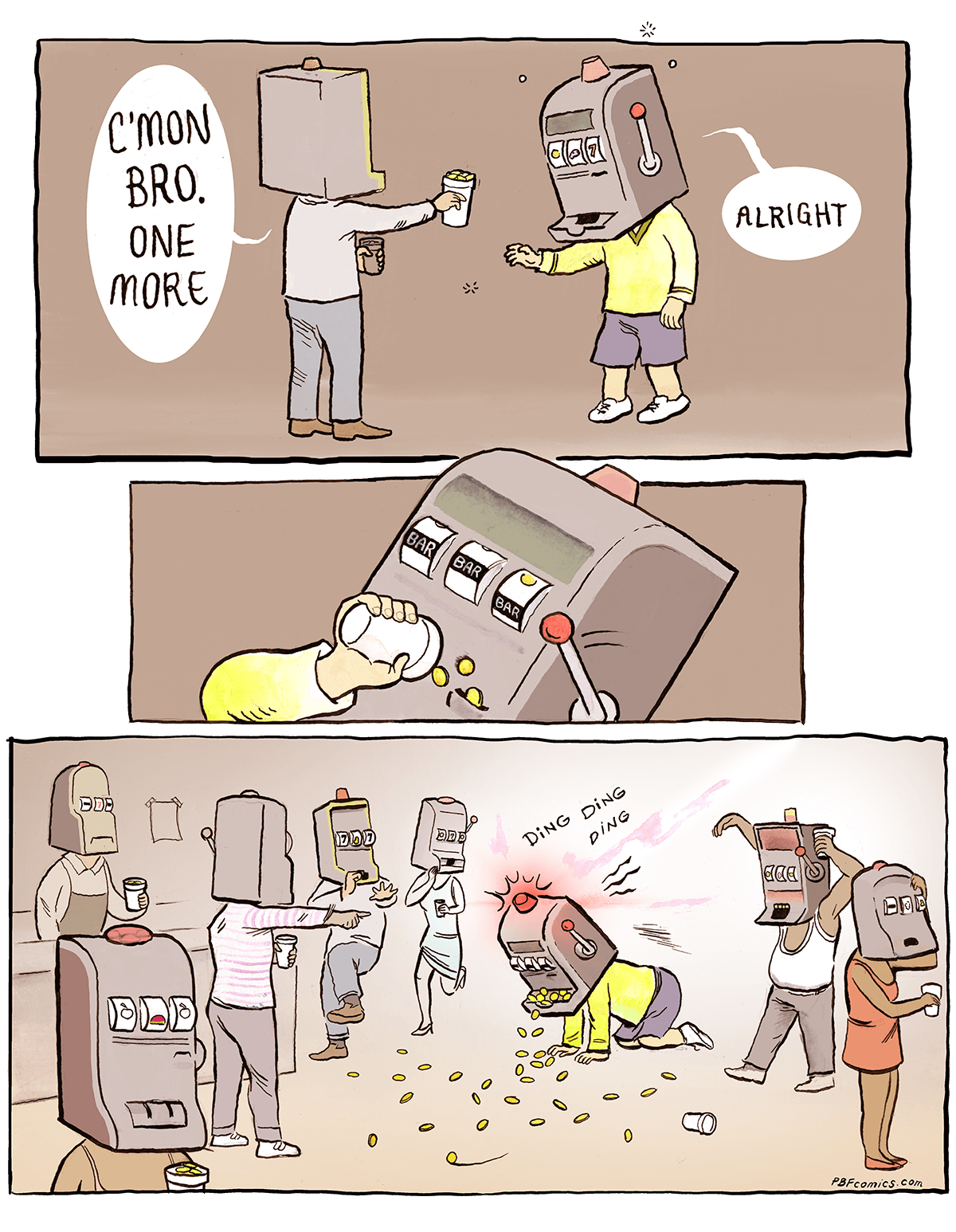We believed we were capable of anything. We had already used 22,000 bagels to test 280 brands of toasters in North America. We sent twenty-five reporters to forty-five different countries to test six hundred kinds of alarm clocks. We recruited ninety ex-CIA operatives to embed themselves in every city in India to test every last brand of cooling sheet.
But we were also under a lot of pressure. In 2019, when the New York Times increased our budget from $2 million per year to $500 million per year, the stated expectation was that we would subject every product ever created to twelve months of continuous, hard use by poor cooks, over-sleepers, and profuse sweaters. Once, we received a letter from top brass under our door. The letter contained two words: “TIRES. NOW.”
Within a week, we had scoured millions of records for the nation’s 155 most-absentminded drivers and sent them to the wettest part of British Columbia, the snowiest area of Patagonia, and the hottest road in the Australian Outback. A year later, we published our report: “We Tested Twelve Thousand Kinds of Tires. Here Is the One to Rule Them All.”
Only now do we understand that we were becoming overconfident, even arrogant. When we tested basketball sneakers, we asked our reporters to see how much cushioning they gave you if you jumped from a moving train. When we created “The Most Comprehensive Gift Guide for Three-Year-Olds Ever Devised,” our reporters cut up and ingested every toy in the Mall of America. Our record was impeccable: no broken bones, no sicknesses, no chemical-induced hallucinations—except for the reporter who ate Persimmon, the hippie American Girl doll. Persimmon received a grade of “Recommended with Reservations.”
So when top brass slid an envelope under our door that said, “EVERY SINGLE ARTIFICIAL CHRISTMAS TREE: PAST, PRESENT, AND FUTURE,” we didn’t hesitate. We selected our eighty-six most experienced testers and sent them to 189 countries to test 1,500 faux firs. After six months, we had graded 1,200 trees on color, beauty, sturdiness, ease of storage, and overall joy quotient. And yes, the rumors are true: in order to see how easily they combusted, we also subjected them to a flame thrower.
But we knew it wasn’t enough. We still hadn’t tested the artificial Christmas trees of the future.
So we invented a time machine. It wasn’t hard. Then we invented six more models of time machine, tested them, and selected the best one to go into the future to test three hundred brands of artificial Christmas trees that would be released between 2070 and 2180.
Arguably, this was when things went sideways. Of the sixty reporters we sent to the future, only eighteen returned at the designated time and place. Their flame-retardant analyses were excellent, but they also spoke of a green AI obelisk located in the Nevada desert that “is our government now.” They kept scratching their arms and became increasingly worried because “toad flu starts as a rash.” Four of them were in a “pansexual post-marriage marriage” and were very happy—for now.
Another thirty returned eventually, and they were not faring better. Because the substance “makes you far less susceptible to toad flu,” several were now made of tin. One spoke frequently of sending his semen to the Nevada desert and offering it to the Obelisk. One of them, having come out of an eight-person pansexual post-marriage marriage, said he was “emotionally rather drained.”
To the families of the twelve who still haven’t returned, please know that we haven’t given up on your loved ones. We know they are somewhere between 2070 and 2180. Though the signal is fuzzier than we were hoping for, we also have a good idea of where they are, due to a trans-temporal tracker chip we installed in their buttocks. Of the 950 trans-temporal tracker chips we tested, this was by far the best, and resulted in Orange Spine on only 12 percent of testers.
We are currently preparing a team of fifty people to enter time machines, find the missing reporters, and bring them back. Our motivation has never been stronger. It’s winter, after all, and we need your loved ones to test 28,000 kinds of humidifiers.


/cdn.vox-cdn.com/uploads/chorus_asset/file/25282295/High_Tide_HHBagels_UWS_Facade.jpg) Dylan Nelson/H&H Bagels
Dylan Nelson/H&H Bagels













 \
\ 






